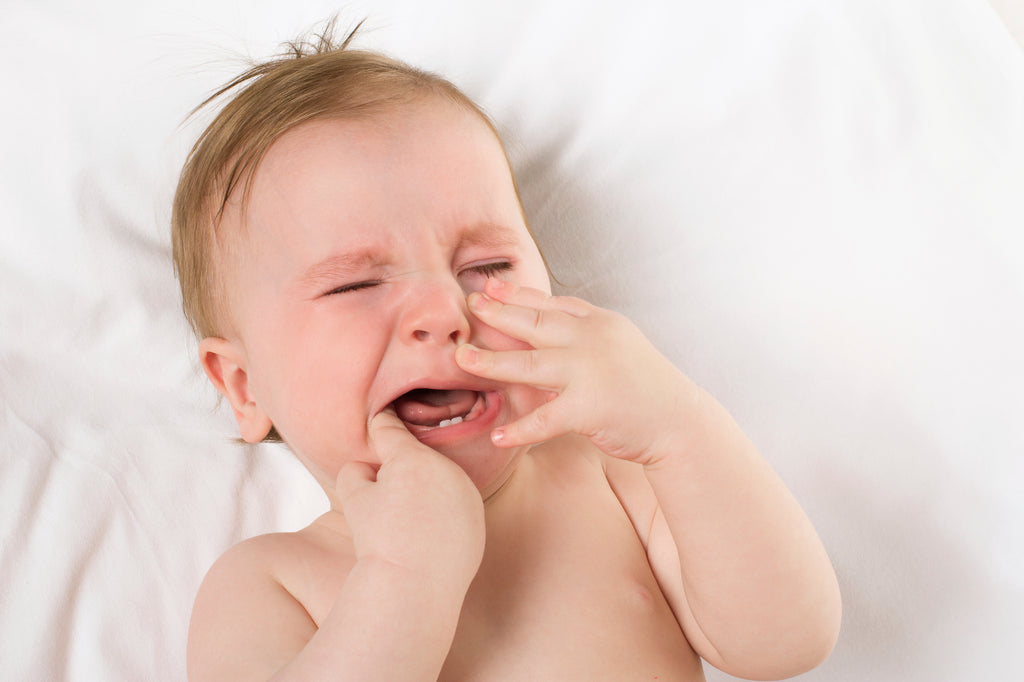Children will teethe. It's inevitable, and you can't escape it. And it's gonna suck. A lot. Although every child's teething experience is unique, teething is very much a sensory relief act. So there are some telltale signs to watch for, as well as some helpful treatments to alleviate the pain.
Where Do Babies Have Their First Teeth?
Baby teeth usually begin to erupt at the age of six months, although it's not unusual for them to appear as early as four months. Many parents of teething babies may want to consult a baby teeth map to figure out where they can expect their teeth to appear. Although these graphs are useful, keep in mind that all children are unique.

The first collection of teeth for your infant will appear within the next two years. There will be their main (baby) teeth, which will be 20 in all. Teething symptoms are normal in the first four to seven months, and most infants will have a complete set of teeth before the age of three. Many of these baby teeth can erupt in pairs, which is why infants are always irritable when a tooth erupts and it's a warning that someone is struggling to get by at the same time.
Symptoms of Teething in a Baby?
Many parents are understandably concerned about when their babies will begin teething, since this is a difficult time for both the child and the parents. Teething signs will last many days with each new tooth that emerges. Teething, on the other hand, can happen without leaving some obvious symptoms for those lucky babies (and parents). Just bear in mind that there are no hard and quick rules when it comes to this milestone

The below are some of the more important signs that your child is teething:
- I'm drooling
- Biting and chewing on various items
- Sucking excessively
- Appetite loss
- Rash on the lips and around the mouth
- Gums that are swollen or bulging
- Irritableness
- Sleeping problems
- Pulling on the ear
- They are scratching their noses.
- Below the gum line is a tooth that is clear.
What to Do If Your Child Is Teething Teething
It can be a frustrating and unpleasant process for your child when their teeth push into their gums, and it's clear that this can be a difficult time for parents as well.
Rubbing your baby's gums: You should rub your baby's gums with a clean finger or a wet gauze pad. Your baby's pain can be alleviated by applying light pressure.
Cool the gums: Using a cold spoon or even a chilled washcloth will normally numb the gums of an infant. Teething rings can also be chilled, but they can never be frozen.
Baby Teething Toys: So, if your baby is having trouble teething, try one of these safe baby teething remedies such as Lil' Foodie Chew Teething Tubes, for one. Their length makes them the a well rounded teether capable of reaching the back molars and also has different sensory texture for stimulation & relief. Lil' Foodie Chew Teether Tubes are BPA, phthalate & toxin free as should any teether you get for your little teething toddler!
Hard Foods: If you're introducing hard foods to your baby's diet, start with sliced and peeled vegetables like chilled cucumber or carrot. Make sure none of these things are choking hazards.
Drool cloth: Prolonged drooling is a typical symptom in teething infants. Keep a clean cloth on hand to avoid skin inflammation during this symptom.



Leave a comment: